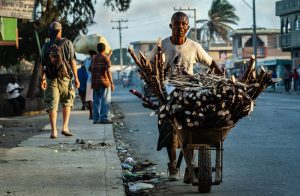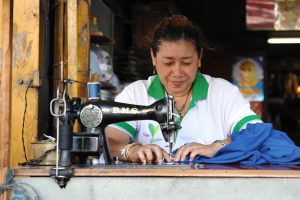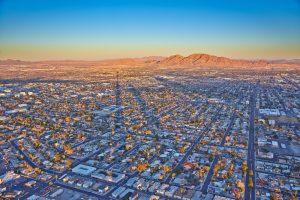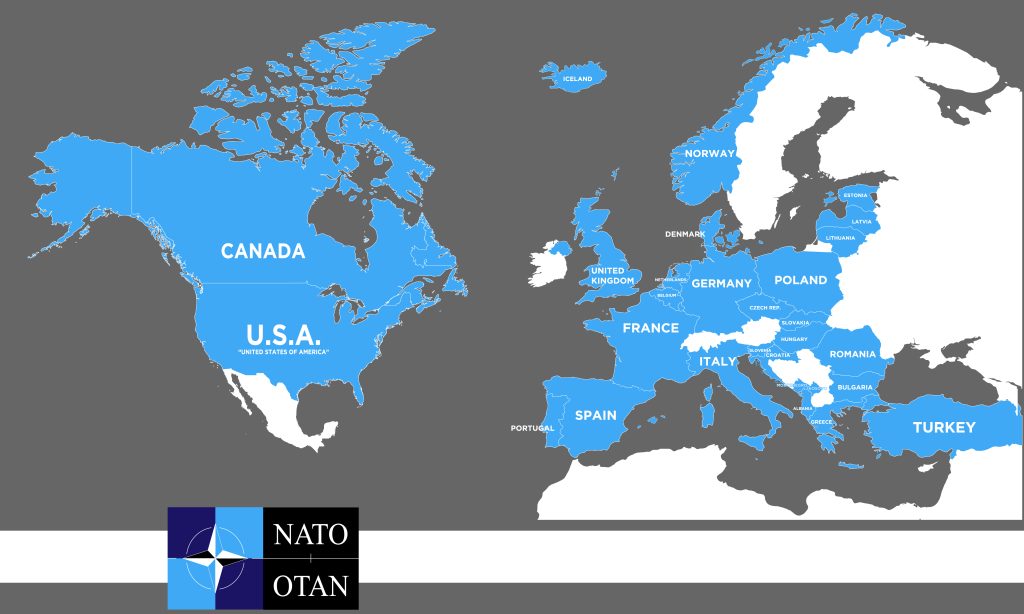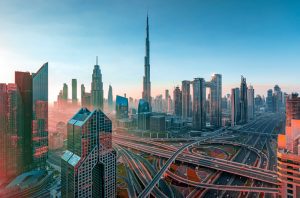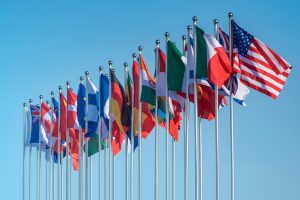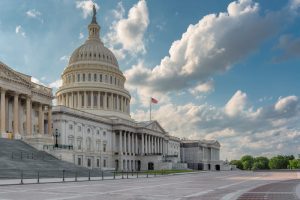The answer as to whether or not India is a developed country depends on a person’s definition of “developed”.
This is a country that has a population nearing 1.3 billion people, making it the largest democracy in the world. Like any other country, it does suffer from economic blows on occasion, but its poverty rate is only slightly higher than that of the United States.
India is ranked one of the top 10 wealthiest countries in the world and surpasses Canada and many other countries. It is estimated to reach the top three by the year 2025.
This makes India a developed country by colloquial definitions, but some experts would say this is a complex issue.
Table of Contents
What is a developed country?
The terms “developing country” or “developed country” are not interchangeable. They also do not have universal definitions.
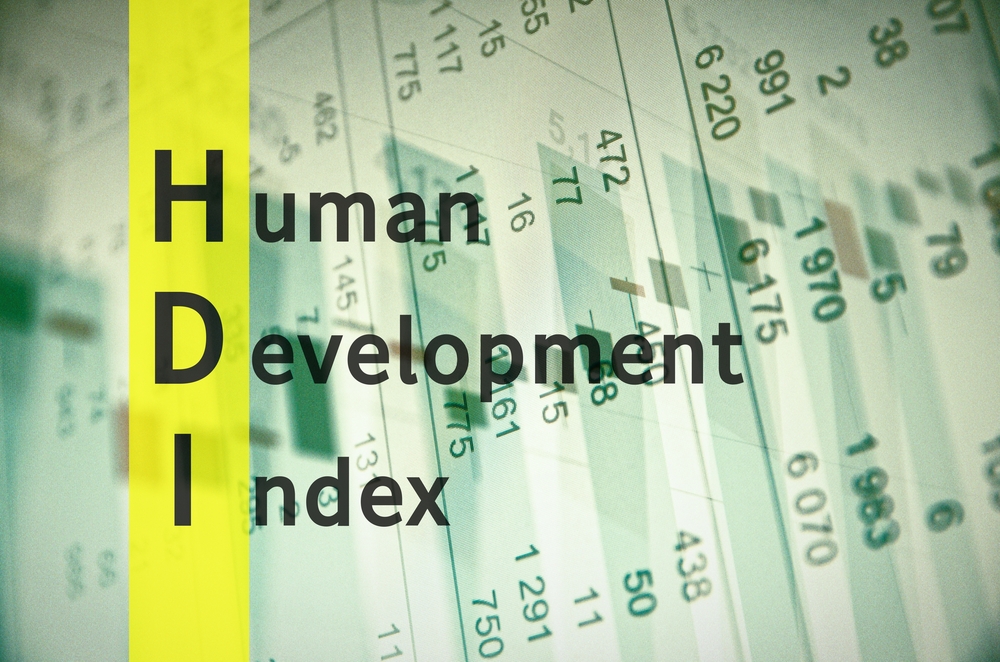
Some countries, such as the United States, have defined variables for “developing” and “developed” countries for trade purposes.
In other cases, organizations and agencies will define developed countries by their human quality of life. The Human Development Index (HDI) is a measure used to quantify whether or not a country is developed, but it is not universally used.
Income levels can determine the development status of a country, but still only measures economic factors.
Economically speaking, the World Bank has countries classified by income. These categories are high income, upper-middle-class income, lower-middle-class income, and low-income countries or groups.
The least developed countries in the world would be said to have the lowest income rates.
Is India a developed country by global standards?
India is a developed country by income standards, with a poverty rate that hovers around 25 percent. More than 50 of India’s cities are millionaire cities. By comparison, the United States has approximately the same number of millionaire cities and a national poverty rate of approximately 13 percent.
State-wide however, states such as Mississippi, Louisiana, and New Mexico have poverty rates that are as high as India’s national average. The World Bank prefers to use income classifications over terms such as “developed” and “developing” countries for reasons such as this.
The development levels of a country will vary by region.
A country that is developed will have access to good health care, jobs, and economic and social stability. A country that is developing, by global standards, offers fewer jobs, has low economic growth, poor health care, lower education levels, higher crime rates, and will see higher rates of problems such as domestic violence and water pollution.
By these definitions, India is a developed country.
Do income levels stipulate whether or not a country is developed?

The average citizen’s income level isn’t a factor in determining whether or not a country is developed. A nation’s GDP and overall revenue be a factor when world leaders make decisions about whether or not a country is developed or developing.
This is especially important when it comes to trade.
Countries that are classified as “developing” will have more trade benefits than a country that is developed and can afford to pay higher taxes or tariffs on trade. The World Bank will classify a country according to the national average which will help policymakers form their decisions on how to trade with who.
The lowest income nations will be the least developed countries and may not even make the developing countries list. Lower to middle-income countries and above will make the developing countries list but may not appear on the developed countries list.
High-income countries nationally will be considered developed countries, with all of these categories being determined by the Gross National Income (GNI) per capita in the country.
How are developing countries classified?
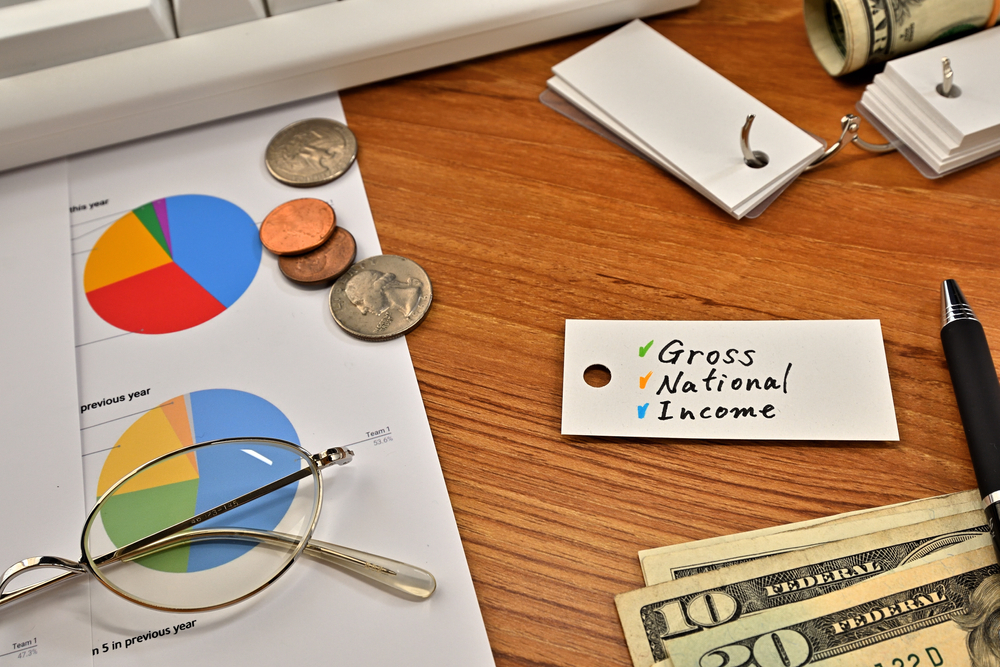
The question of whether or not India is a developed country may stem from the fact that India was once considered a developing country by the United States. It is now considered a developed country.
There are a number of factors used in this classification.
Those factors include what trade markets are emerging in that country, what markets are new or frontier, and where the country’s key transition points are economically. Transition points are defined by the nation’s export revenues and import costs and how those fluctuate from year to year.
A country’s GNI is tabulated annually in July.
What is India’s economic structure and status today?
India’s economic structure and status today is that of a developed country because India is a developed country by the United States’ standards. Many in the world still consider it a developing country, however, so the answer to this question depends on who you ask.
India is home to the largest democracy in the world as a result of its significant population. Its economy is also growing quickly, although, like every other nation, it has experienced some setbacks with the Covid-19 pandemic.
It still is projected to be among the largest economies in the world by 2025.
Still, poverty in India is significant, with one in four citizens experiencing poverty. India is ranked 136 out of 187 on the HDI which suggests it could still retain its developing status with some countries.
The human impacts of poverty in India are globally known.
What human impacts are seen in developing countries?
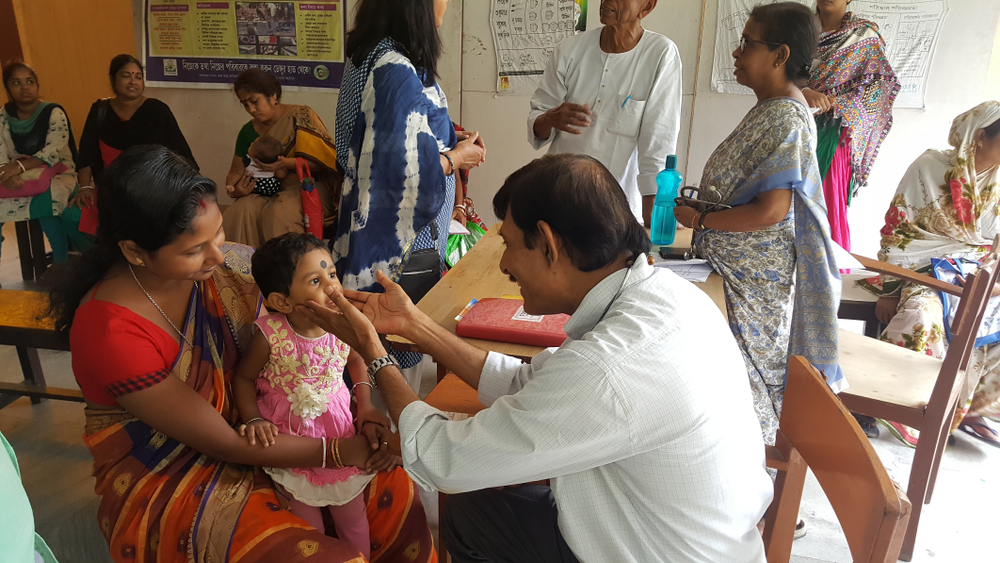
The most common human impacts in developing countries are water supply and quality, violence against women, and accessible health care. Violence against women is more prevalent in developing countries and can include events such as honor killing, dowry violence, and even bride burning.
There are some occasions of this in India.
These incidents will have an impact on trade, a key marker of a developing or developed country. Health care plays a role here as well and is also influenced by water supply and water quality.
People that live in developed countries will have a higher life expectancy than those in developing countries for this reason.
In the United States, life expectancy is approximately 78 years old, whereas life expectancy in India is approximately 66 years old. This life expectancy in India is the result of illness in many areas, lack of potable drinking water, less access to quality health care, and lower education standards that result in more accidents and higher crime rates.
What is India’s official status?
Again, the answer to this question is that it depends on who you ask. The United States did have India on the developing countries list until 2020 when it moved India to the developed country status.
This was for trade purposes, and India lost a number of trade benefits as a result.
The United States Trade Representative (USTR) determines what countries are classified as developed or developing. From that determination, countries will know what tariffs they may or may not have to pay with their imports to the U.S.
That determination is defined by the 1974 U.S. Trade Act so that developing countries can have some relief when they are trading with the United States.
The World Trade Organization (WTO) uses similar determinations for trade purposes. Approximately two-thirds of the members of the WTO seek developing country benefits through the WTO status and designations.
The process of determining India as a developed country by the United States in 2020 was somewhat arbitrary, with many experts pointing to the multiple economic factors where India lags when compared with countries such as China and the United States.
Do you understand India better now?
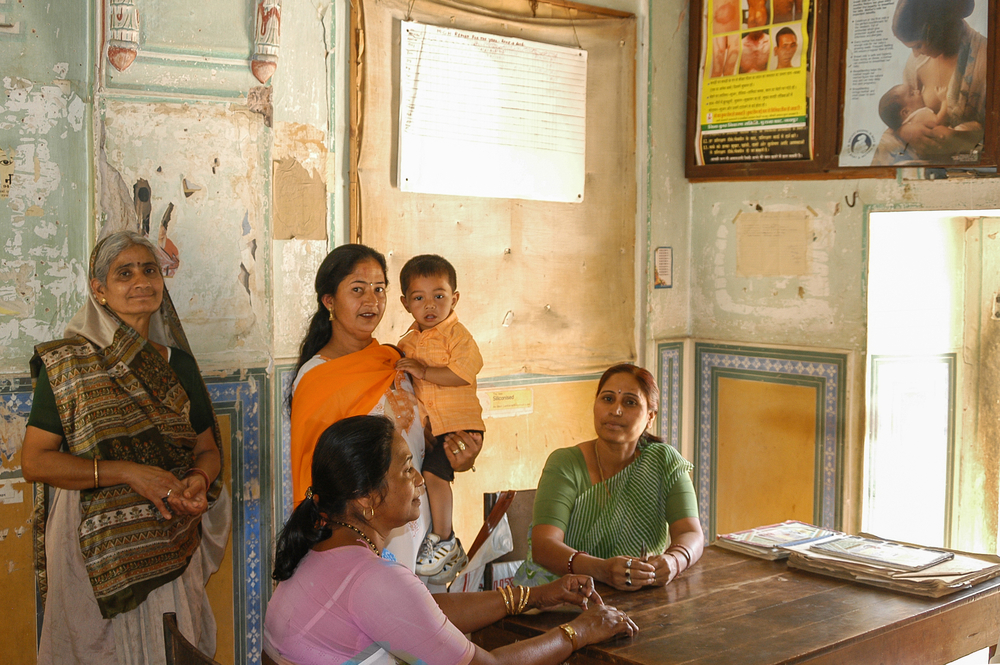
Many people that consider the “developed” or “developing” status of India might find that the question is complex. It is, and whether or not India is developed depends on who you ask and why they want to know.
The human element of living in India can be complicated, but this is a country with some wealth that is evenly distributed to 75 percent of the population.
That means there is work to be done for more development in India. Do you understand the country now? Would you like to learn more about India?


